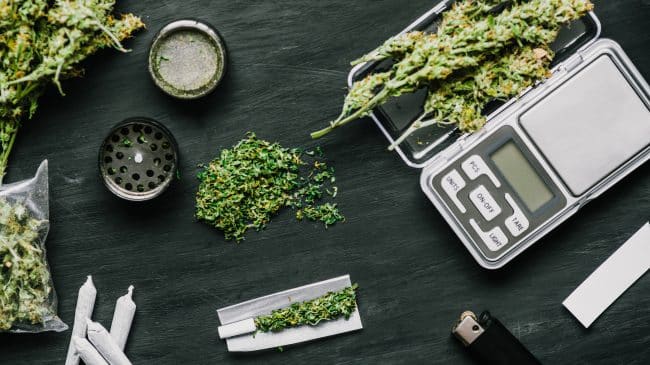Successful legalization of cannabis in California would crush black markets. However, right now high taxes and burdensome regulations are prompting a lot of Californians to continue to buy their marijuana on the black market.
“This is an industry in crisis,” Kristi Knoblich, president of the California Cannabis Industry Association, said recently. “This is me sounding the alarm.”
A February report from the California Growers Association concluded that “current cannabis tax policy is propping up the illicit market, preventing compliance from good-faith operations, and contributing to price increases for patients and consumers.”
To fend off the proliferation of a parallel black market in California, three regulatory areas must be addressed.
First, current regulations mandate that individual serving sizes must be limited to only 100 milligrams of tetrahydrocannabinol, while many medical and adult recreational applications easily exceed that. Such limits are hostile to consumer choice and inhibit necessary medical access. Instead, the rules should simply enable informed consumption on a case-by-case basis, allowing science, technology, and the market to properly develop, and allowing users and physicians to determine desired doses. Serving size limits merely force consumers to seek out their desired products on the black market.
Second, the Bureau of Cannabis Control’s mandated retail hours of 6 a.m.-to-10 p.m. for both medical and adult recreational use retailers is arbitrary and improper. It usurps local authority, as several California cities already allow cannabis business activity during other time periods. It also actively favors alcohol retailers, which may lawfully remain open until 2 am in the case of an on-premises sale and even 24-hours a day for many package liquor stores. By artificially prohibiting access during the times of day when intoxicant consumption peaks, the regulation encourages a black market for cannabis sales during those late-night hours. This clearly contradicts the spirit of the will of California voters.
Finally, production and licensing limits should be avoided. Some advocates favor a marijuana industry built upon small and independent businesses, keeping out large-scale corporate operations. But Washington state and Colorado, two states that legalized marijuana before California, found these types of protections resulted in a scarcity of supply that drove up prices, encouraging the black market to proliferate to meet demand—and they were forced to rescind these protections.
Smaller growers who may not be able to match prices with larger growers due to economies of scale can compete in niche markets. Just as wine growers make unique products through appellations, so too can marijuana growers follow suit by offering things like “Humboldt-grown” lines of products, marijuana-infused wine, or other goods and designations. Small growers can successfully find smaller, more unique markets.
Given the massive scope and complexity of the challenges facing California and its Bureau of Cannabis Control, errors are understandable. But the state should make sure its marijuana regulations learn the lessons of history and the alcohol paradigm in this country, which featured prohibition and, later, the tight regulation that tried (and failed) to dictate the market, favored certain players and products over others, and tried to tightly constrain use. Instead, the bureau should follow the very successful paradigm of the California wine industry, which encourages diversity of product, relies on informed consumption, and encourages a flourishing market.
These cannabis markets will exist whether state regulators choose to recognize them or not. The question for policymakers is now: Would California rather foster the legal market or the black market? Accordingly, regulation should seek to free these legal markets to develop and grow. If they don’t, black markets will continue to thrive.
This column originally ran in The Orange County Register.

